You’ve probably seen NAD+ floating around social media. Maybe in a reel about aging backwards, a podcast on “cellular energy,” or an ad for a $500 IV drip you almost considered booking.
But despite it being advertised everywhere, is taking NAD+ actually worth it?
We’ve tried it. We’ve researched it. We’ve talked to the experts, read the science, and—most importantly—paid attention to how it makes us feel. This is our honest breakdown of what NAD+ is, what it does, and whether it’s something you should consider adding to your own wellness stack.
What Is NAD+?
NAD+ (short for Nicotinamide Adenine Dinucleotide ) is a molecule your body already makes. It’s found in every cell and acts like a coenzyme — essentially a helper molecule that supports other biological processes.
Here’s what it’s responsible for:
- Energy production (mitochondria need it to make ATP)
- DNA repair and cellular regeneration
- Detoxification and oxidative stress response
- Gene expression and metabolic regulation
It’s one of those quiet background players that keeps your system running — but as we age, our levels drop. By the time you hit your 40s, your NAD+ reserves may be 50% lower than they were in your 20s.
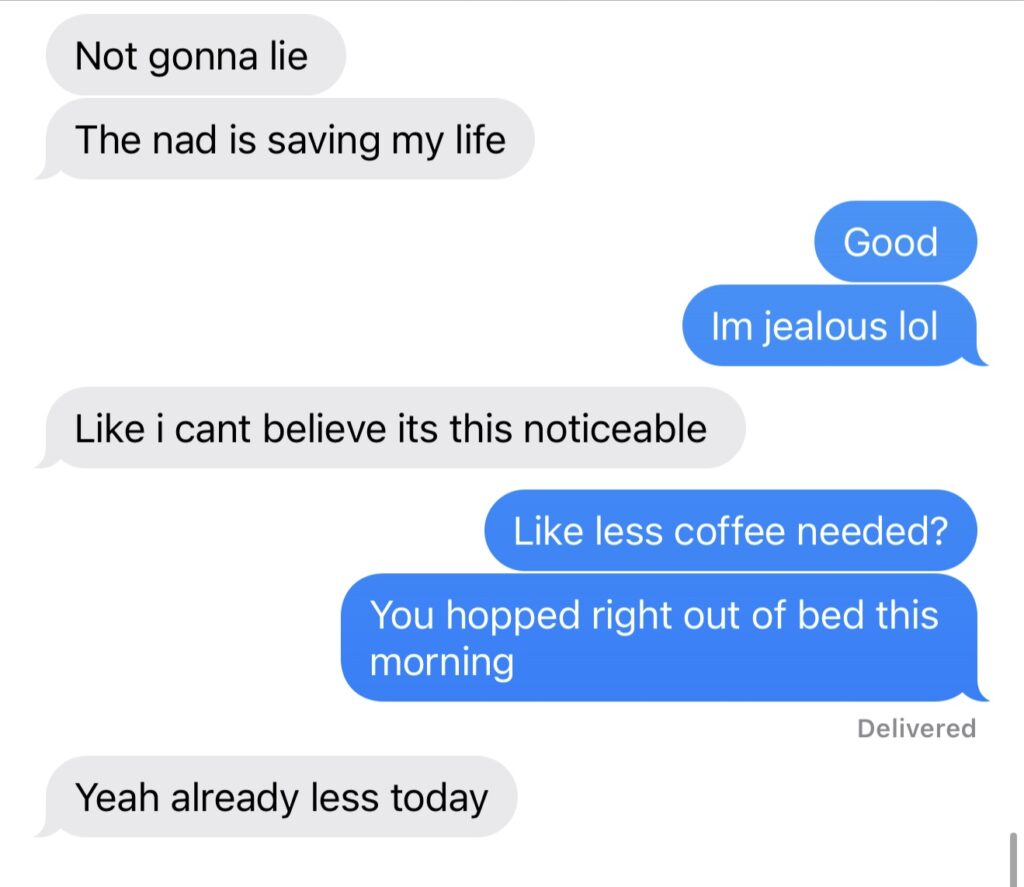
Why We Tried It
Unlike many people in the wellness world, my husband and I didn’t start using NAD+ because we were chasing longevity. It was honestly because of new-parent burnout.
Between starting a new job, parenting a toddler, and just keeping up with tasks daily life, the low energy and brain fog were real for my husband and I. We were tired of reaching for yet another afternoon coffee. We wanted something that worked with our body — not around it. So we started experimenting.
First with oral precursors (like NMN), then tried injections, then finally with patches. We weren’t expecting a miracle – we just wanted to feel like ourselves again.
What the Research Says
Let’s be clear: NAD+ isn’t woo. The science is real — even if most of it is still emerging.
NAD+ declines rapidly with age, with studies showing levels drop by up to 50% by your 40s, impacting mitochondrial function and cellular repair.
→ Yoshino et al., 2018 – Cell MetabolismDr. David Sinclair (Harvard) has shown that restoring NAD+ in older mice reverses markers of aging and improves muscle and mitochondrial function.
→ Gomes et al., 2013 – CellNAD+ activates sirtuins, enzymes that regulate DNA repair and gene expression tied to longevity.
→ Canto et al., 2015 – Cell MetabolismEarly-stage human trials suggest benefits for fatigue, brain fog, and energy — especially in chronic illness, addiction recovery, and post-COVID syndromes.
→ Broom et al., 2020 – Innovations in Clinical NeuroscienceNAD+ may support cognitive function and neuroprotection, with growing interest in its use for Alzheimer’s and Parkinson’s research.
→ Grant et al., 2019 – Frontiers in Aging Neuroscience
Is it a miracle molecule? No. Nothing is. But is it foundational for feeling good long-term? Very likely.
NAD+ and Fertility: A Hidden Power Tool
If you’re trying to conceive, especially in your 30s or 40s, this is where NAD+ becomes really compelling.
Egg and sperm quality are directly tied to mitochondrial function. And what fuels mitochondria? You guessed it — NAD+.
Several functional fertility specialists now recommend NAD+ supplementation to support preconception health. I personally used the Ion Layer NAD+ patches during fertility prep and felt a notable difference in energy, ease in menstrual cramps (basically non-existent), and actually we got pregnant a month later.
Are we claiming it to be a magic fertility fix? Absolutely not. But it’s a smart tool in the toolkit — especially when combined with preconception detox, sleep, and nourishment.
What Taking NAD+ Actually Felt Like
The first few times we used NAD+, the effects were subtle — but very real.
- More clear-headed in the morning
- Calmer, more “clear” energy that didn’t crash mid-afternoon
- Noticeable improvement in workouts + post-workout recovery
- A general “lighter” feeling
- More optimistic – I felt like I could be a happier, better mom (if that makes any sense)
It’s not a jolt. It’s not buzzy. It’s more like realizing at 4 PM that you still have gas in the tank — mentally, emotionally, and physically.
That being said, not every form of NAD+ hits the same way for everyone. While some people swear by taking NAD+ precursor supplements (like NMN), it did nothing noticeable for me and a few of my friends.
I felt the longest lasting benefits with Ion Layer NAD+ patches (500mg each). I felt immediate (but not long-lasting) effects with taking one-off NAD+ shots (150mg) from a wellness clinic. I will say – DOSAGE (mg) MATTERS – and we’ll get to that below. Click here to read my detailed experience trying NAD+ patches.
But What If You Don’t Feel Anything From NAD+?
Here’s something most influencers don’t say: you might not feel a dramatic shift right away. But that doesn’t mean it’s not working. Additionally, most NAD+ products on the market don’t offer the dosage that most clinical studies are based off of (we give specific studied/recommended dosage details in the product breakdowns.)
NAD+ is a “cellular repair” molecule — it’s supporting mitochondrial health, DNA repair, and detox processes that take time and consistency. Not every effect is going to be outwardly noticeable.
If you want to know if it’s working, you can actually test your NAD+ levels. Labs like Jinfiniti and TruDiagnostic offer cellular NAD+ testing via blood or urine. If you’re biohacking seriously, this is a good route to track what’s happening internally.
But even without testing, we’ll say this: people (including myself and my husband) keep using it for a reason.
Natural Ways to Boost NAD+ (No Supplements Required)
Before we talk about products, it’s worth noting: your body can make NAD+ on its own — especially when you give it the right inputs.
Here’s how to naturally support NAD+ production:
- Intermittent fasting
- High-intensity exercise
- Cold plunges and sauna (environmental hormetic stress)
- Regular quality sleep
- Niacin-rich foods like liver, tuna, and turkey
These habits won’t replace supplementation in deeper depletion cases, but they’re foundational for better energy, hormones, sleep, and overall longevity.
AD+ Dosage & Frequency: What We Know (and Don’t)
One of the trickiest parts of working with NAD+ is that there’s no universal dosage guideline yet — especially for non-IV delivery methods.
Why? Because:
- NAD+ is notoriously hard to absorb — it degrades quickly in the digestive system
- Different forms (like NR, NMN, or NAD+ itself) behave differently once inside the body
- Individual needs vary: age, baseline depletion, lifestyle, fertility status, chronic illness, etc.
That said, we do have a growing body of clinical trials, functional MD guidance, and real-world usage data to reference. But as always, talk to your healthcare provider to determine the dosage best for your needs.
The Big Question: What’s the Best Way to Take NAD+?
We’ve tried nearly every form of NAD+ out there. Here’s everything you need to know about each:
Oral Supplements (NMN, NR)
Typical Product Dose Recommendation: 500–2,000 mg/day. Most clinical studies are done on roughly 1000mg/day.
Frequency: Daily
Cost Tier: Low – $40–$80/month
Pros:
- Easy to access – you don’t need a prescription.
- Stackable with other longevity supplements (many positive studies on resveratrol and NMN.)
- No needles or clinic visit required.
Cons:
- Poor absorption – gets broken down in digestion and can vary by gut health.
- Takes weeks or months to feel anything.
- Many people feel nothing.
- Many supplement companies offer lower dosages than what has been studied in clinical trials.
Verdict:
Good for long-term maintenance, but many people admit that it can be a bit underwhelming on its own. Many users still share their positive experiences taking supplements for fertility and longevity benefits, although there is a reason most doctors will tell you that other options – like IVs, injections and transdermal patches – are the gold-standard for NAD+ boosting that you can actually feel. If you are going to go the supplement route, choose a liposomal NAD+ (like from Rho Nutrition) to get the best absorption as possible.
Studies:
NAD+ IV Therapy
NAD+ IV therapy delivers the molecule directly into the bloodstream, bypassing digestion for immediate absorption. A typical dose ranges from 250 mg to 750 mg, administered slowly over 1–3 hours to minimize side effects like nausea or flushing. Many clinics offer it for fatigue, brain fog, addiction recovery, or anti-aging support, often as part of a series. It’s one of the most bioavailable delivery methods — but also one of the most time-intensive and expensive.
Typical Dose: 250–750 mg per session (some up to 1,500 mg). Many clinical trials report studying 500mg+.
Frequency: Daily for 5–14 days initially, then weekly/monthly
Cost Tier: Very High ($300–$1,000+ per drip)
Pros:
- Highest absorption.
- Fastest effects — mental clarity, physical energy, addiction recovery.
- Used in clinical detox and fertility protocols.
Cons:
- Expensive ($300–$1000+ per session).
- Multiple sessions are often encouraged.
- Time-consuming (1–3 hours).
- Can cause flushing, nausea, or lightheadedness.
Verdict:
NAD+ IV’s are the gold standard for boosting NAD+. They’re a great option for serious biohackers or recovery protocols and those who wont bat an eye at the hefty price tag. But regular 2-3 hour drips are not realistic for most busy moms or everyday routines. The side effects during IV sessions can be extremely uncomfortable for some as well – it all depends on the dose and bioindividuality.
Studies:
Martens, C. R., Denman, B. A., Mazzo, M. R., Armstrong, M. L., Reisdorph, N., McQueen, M. B., Chonchol, M., & Seals, D. R. (2018). Chronic nicotinamide riboside supplementation is well-tolerated and elevates NAD⁺ in healthy middle-aged and older adults. Nature Communications, 9(1), 1286. https://doi.org/10.1038/s41467-018-03421-7
NAD+ Injections (Intramuscular + subcutaneous)
NAD+ injections deliver a smaller dose (usually 50–200 mg) directly into the muscle, typically the glute. This bypasses digestion like an IV but is quicker and more convenient — most shots take just a few minutes. They’re often used for a quick energy boost, cognitive support, or recovery, and can be done weekly or as needed. NAD+ shots can be given through both intramuscular (IM) or subcutaneous (SC) injections. IM injections deliver the peptide deep into the muscle tissue, giving a faster absorption due to the muscle’s rich blood supply. SC injections, on the other hand, are administered into the fatty tissue layer just beneath the skin, resulting in slower absorption. Most at-home treatments (when providers mail you the needles/peptides) are SC.
Typical Dose: 50–200 mg per injection
Frequency: Weekly to monthly
Cost Tier: Moderate
Pros:
- Faster delivery than oral supplements.
- More affordable than IV’s.
- Can be done at home and on your own schedule, or at a clinic.
Cons:
- Still invasive (needles).
- More expensive than oral supplementation and transdermal patches.
- Can sting and have a “flush” effect (nausea, heat).
- May not be available everywhere – need to order through a doctor or visit a clinic.
Verdict:
A great option if you’re okay with needles, don’t mind spending more than you would on supplements, and want a quick boost nearly instantly. While not as intense as an IV, some users still report temporary flushing or soreness at the injection site – something to consider when scheduling your treatment.
NAD+ Transdermal Patches
Transdermal patches deliver NAD+ through the skin over the course of hours, offering steady absorption without the gut or needles. A typical patch contains 250-500 mg and is worn for ~12-14 hours.
Typical Dose: 500 mg per patch (aligns with dosages studied in clinical trials)
Frequency: Typically a loading dose of every other night for 12 days, then one patch every 5 days for maintenance or as needed.
Cost Tier: Moderate – from $350/month
Pros:
- The most cost-effective way to get more mg of NAD+
- High absorption without the gut or needles
- Easy: peel, stick, and forget
- Great for sensitive systems (gentler release over time)
- Travel-friendly and mom-life approved
Cons:
- Slower onset than IV
- Patch adhesives may cause some irritation for those with sensitive skin.
- Still new — fewer long-term studies
Verdict:
Our personal favorite. Because it bypasses digestion and provides a slow, sustained release, patches tend to be well-tolerated — even for sensitive users. They also give dosages that have been studied (500mg), unlike most supplements and shots.n They’re ideal for daily life: no clinic, no prep, just peel, stick, and go. While not as fast-acting as IVs, they’re a standout for convenience, consistency, and accessibility.
NAD+ Nasal Sprays
NAD+ nasal sprays deliver small doses (typically 10–50 mg per spray) through the mucous membranes in the nose, which allows for rapid absorption into the bloodstream — and potentially the brain. They’re often used for mental clarity, neuroprotection, or quick cognitive support.
Typical Dose: ~120 mg/day (30 mg per spray, 2x/day)
Frequency: Daily
Cost Tier: Moderate – $100-200/month
Pros:
- Fast-acting: Absorbs quickly through the mucous membranes in your nose, which are rich in blood vessels
- Non-invasive: No needles, no digestion
- Convenient: Portable and easy to use on the go
- Potential for brain-targeted delivery (being studied for neuroprotective effects)
Cons:
- Inconsistent dosing: Delivery depends on technique, congestion, and absorption variability
- Possible irritation: Some people experience nasal dryness or discomfort
- Limited research: Fewer clinical studies compared to IVs, patches, or oral supplements
- Shorter duration: May wear off more quickly than other methods
Recommended Frequency: Daily to a few times a week depending on dose
Verdict:
Because it’s non-invasive and fast-acting, many people favor NAD+ nasal sprays for its convenience. That said, dosing can be inconsistent, there’s not much clinical data on the specific dosage offered, and some users experience nasal irritation or dryness. Although research is still emerging, nasal sprays are a promising option for those looking to target the brain or support energy on the go.
Our Routine: How We Actually Use It
Are we doing IVs every week? No. Taking it every day? Nope. Here’s how NAD+ fits into our life:
Ideal scenario: Monthly treatments – either a patch kit, month supply of shots or IV’s.
Real life: Once a quarter, especially during stressful seasons or fertility prep.
Go-to brand: Ion Layer — for ease, quality, and consistency.
Yes, you can live a healthy life without it. But of all the supplements and protocols we’ve tried over the years, NAD+ is one that actually stuck.
So… Is NAD+ Worth the Hype?
Short answer: Yes. Absofreakinlutely.
Longer answer: Yes — if you understand what it does and how to use it properly.
NAD+ isn’t a cure-all. It won’t fix your burnout, replace poor sleep or fix other poor lifestyle habits. But it will raise your baseline — especially if your levels are already depleted. And most people – including myself and husband – can attest to how it has drastically improved our day-to-days.
We think of it as a resilience molecule. Something that strengthens your system over time, helps your body work more efficiently, and gives you a little more room to breathe.
It won’t turn back the clock. But it might just help you feel a little more like yourself — and that, to us, is worth the hype.
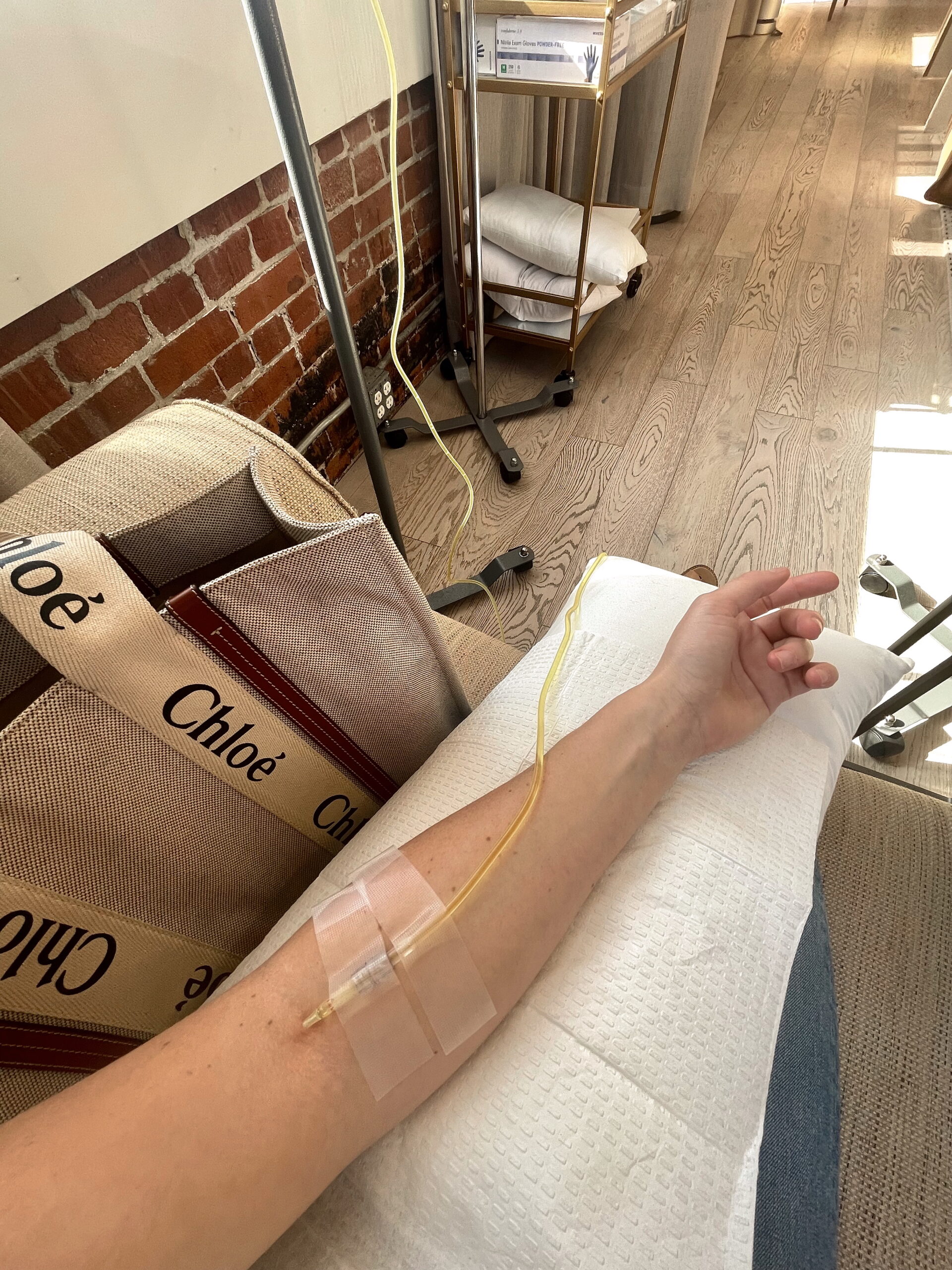
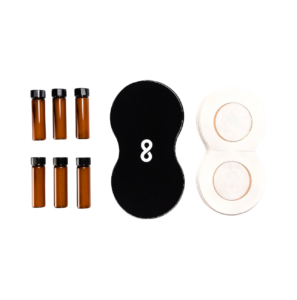

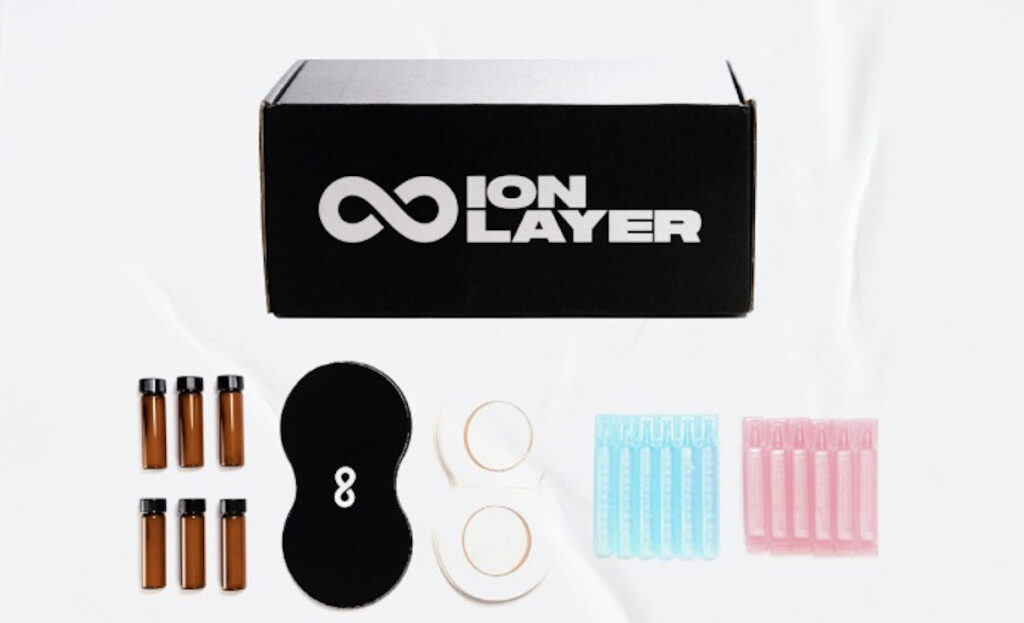


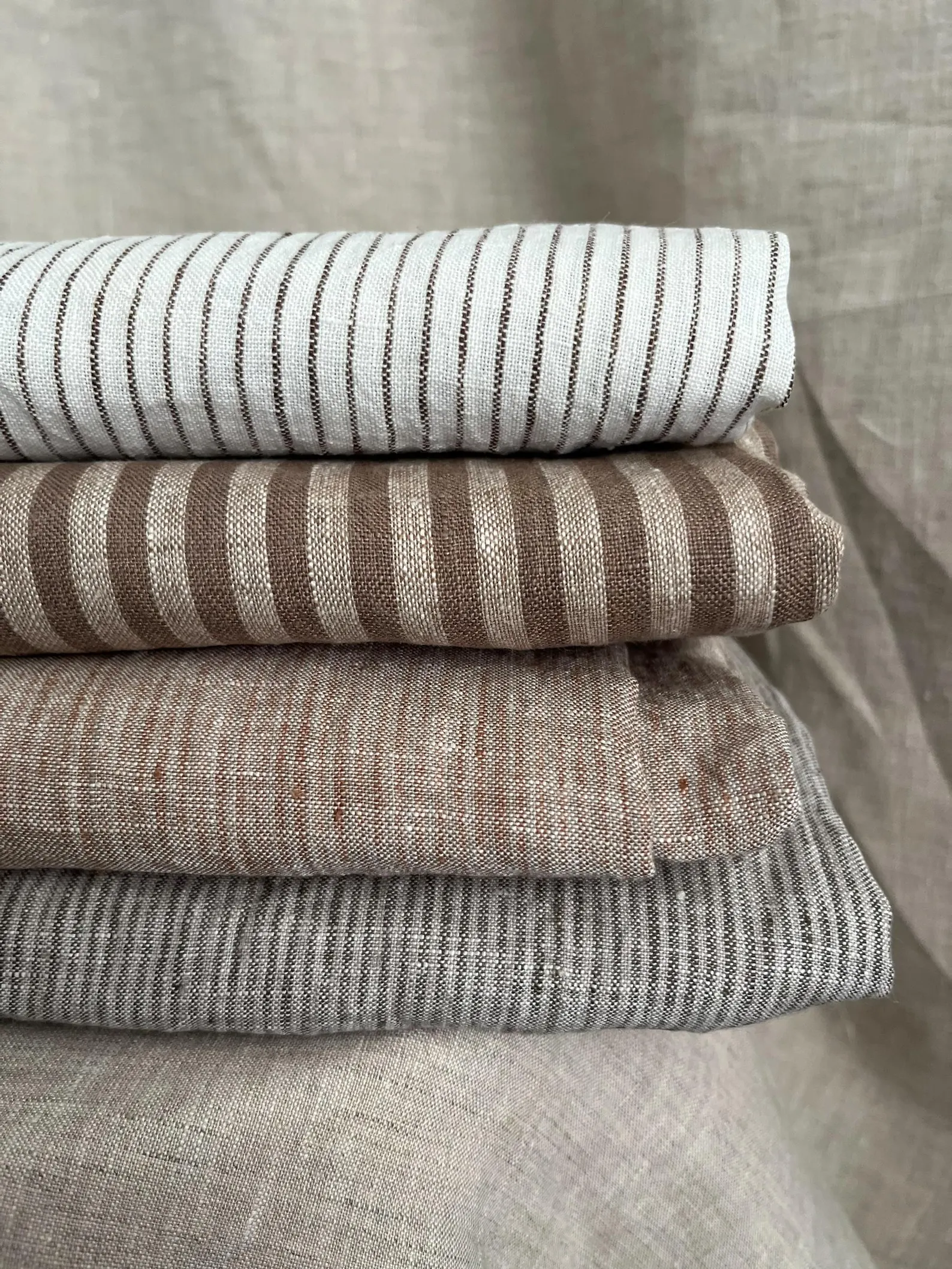
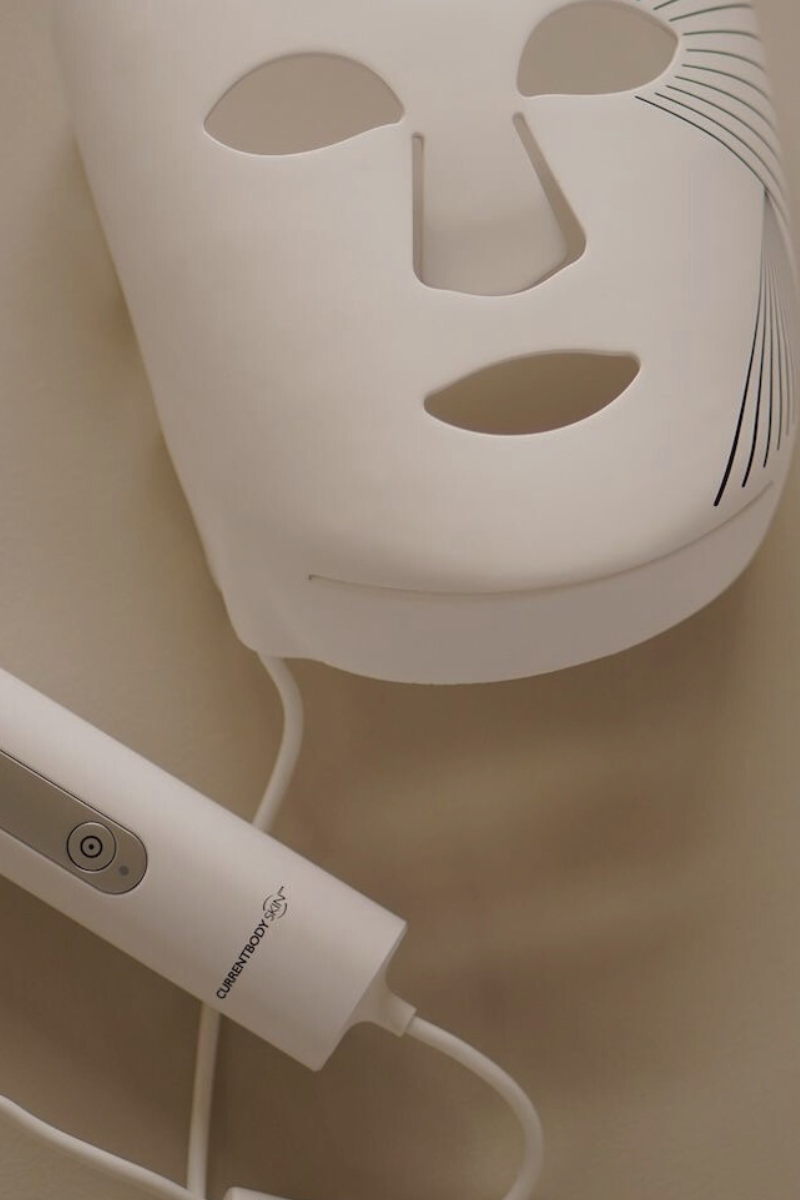
Comments +